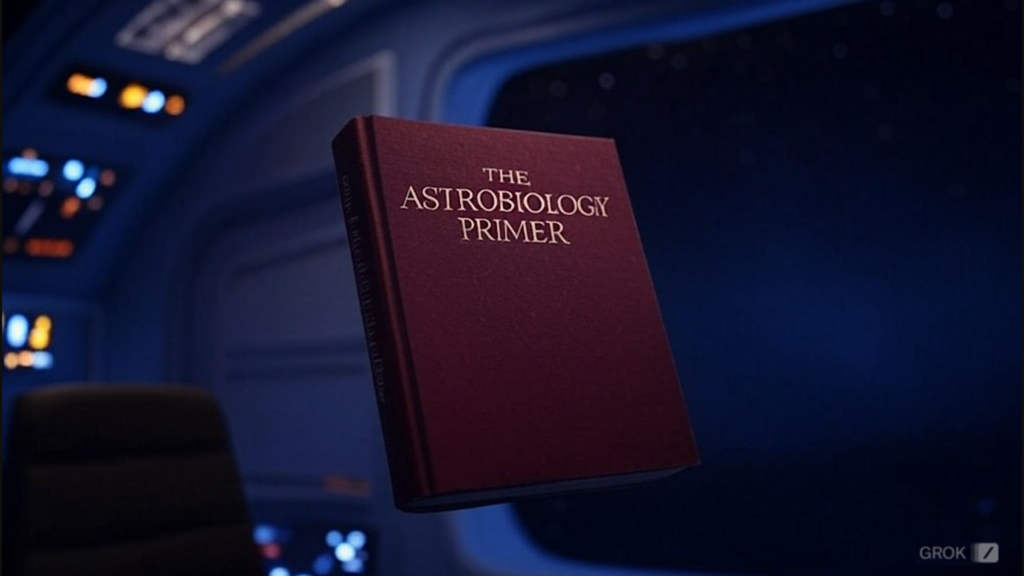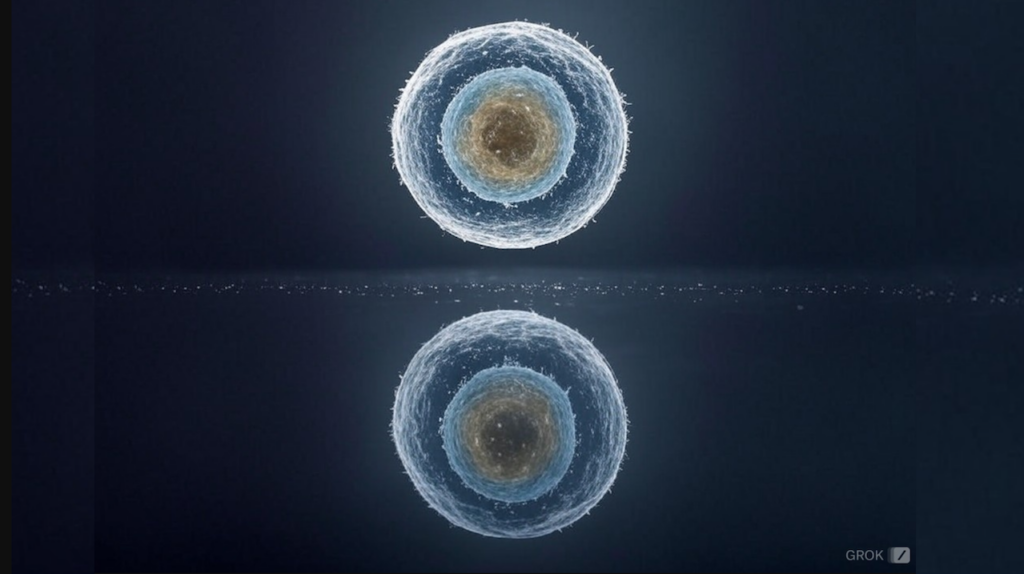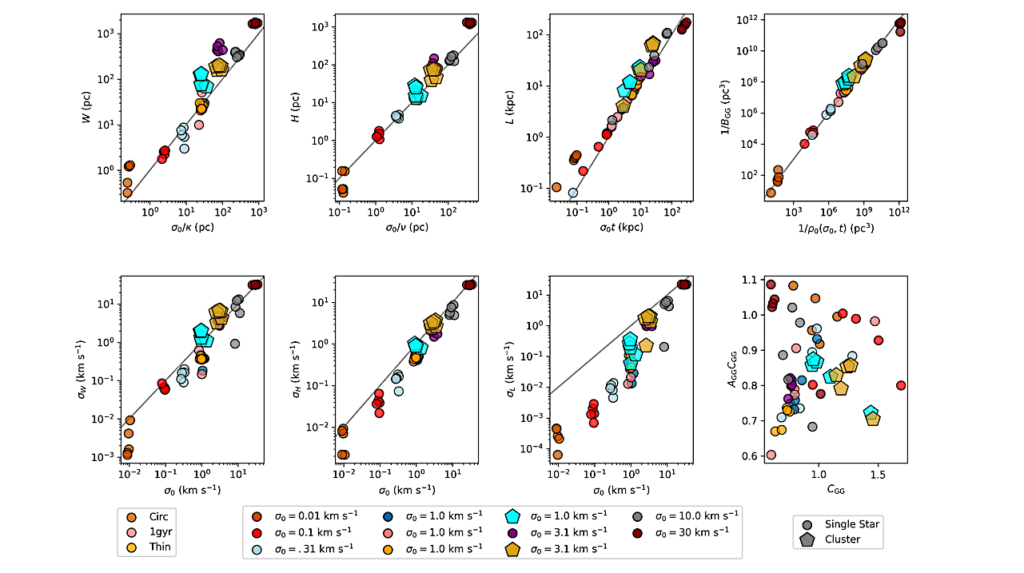Enhanced Interplanetary Panspermia In The TRAPPIST-1 System

We present a simple model for estimating the probability of interplanetary panspermia in the recently discovered system of seven planets orbiting the ultracool dwarf star TRAPPIST-1, and find that panspermia is potentially orders of magnitude more likely to occur in the TRAPPIST-1 system compared to the Earth-to-Mars case.
As a consequence, we argue that the probability of abiogenesis is greatly enhanced on the TRAPPIST-1 planets compared to the Solar system. By adopting models from theoretical ecology, we show that the number of species transferred and the number of life-bearing planets is also likely to be higher, because of the increased rates of immigration. We propose observational metrics for evaluating whether life was initiated by panspermia on multiple planets in the TRAPPIST-1 system. These results are also applicable to habitable exoplanets and exomoons in other planetary systems.
Manasvi Lingam, Abraham Loeb
(Submitted on 2 Mar 2017)
Subjects: Earth and Planetary Astrophysics (astro-ph.EP)
Cite as: arXiv:1703.00878 [astro-ph.EP] (or arXiv:1703.00878v1 [astro-ph.EP] for this version)
Submission history
From: Manasvi Lingam
[v1] Thu, 2 Mar 2017 18:10:28 GMT (17kb)
https://arxiv.org/abs/1703.00878








